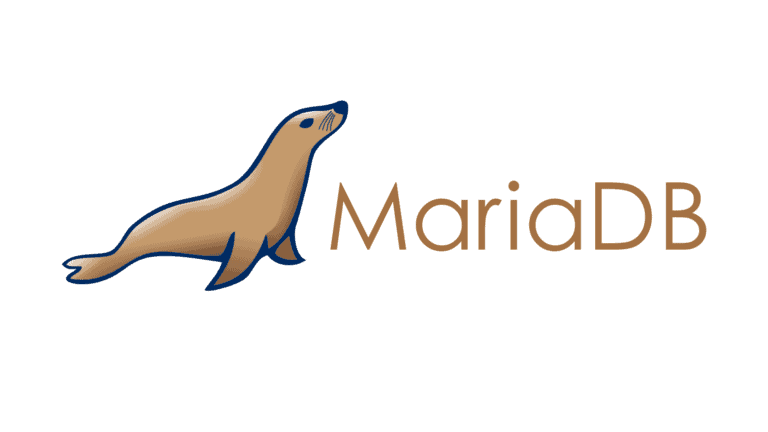MariaDB is acquiring CubeWerx, giving it access to geospatial technology. The capabilities are intended to be added to managed cloud service MariaDB SkySQL.
CubeWerx has developed the Stratos Geospatial Platform. The platform allows organizations to load, manage and analyze geospatial information. Stratos enables the creation of services based on the geospatial information, for example based on an aerial image.
MariaDB sees this type of data becoming increasingly important to businesses. For example, new drones, satellites and sensors are contributing to the growing volume of location and image data. “This presents a unique opportunity for businesses to integrate geospatial data into their applications to offer services and capabilities that they couldn’t previously,” the database player says.
“This presents a unique opportunity for businesses to integrate geospatial data into their applications to offer services and capabilities that they couldn’t previously,” MariaDB observes.
APIs
Software development using geospatial information has changed in recent years, according to MariaDB. Developers now primarily use off-the-shelf geospatial libraries and web APIs. This approach is simple and also simplifies the integration process with applications.
MariaDB therefore wants to offer developers modern standard APIs with CubeWerx. CubeWerx manages data in tiers, for large scale and high performance. It uses MariaDB to manage frequently used vector data (such as a geolocation). It also aims to achieve intelligent caching, while relying on unlimited cloud storage for extensive raster data (such as satellite imagery). The approach means that data volume is no longer seen as a limiting factor and geospatial information can grow without limit.
With CubeWerx’s technology, MariaDB can better compete. Players like CockroachDB and MongoDB previously added geospatial information features to their software with updates.
It is not known what MariaDB is paying for CubeWerx.
